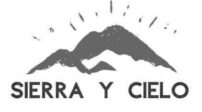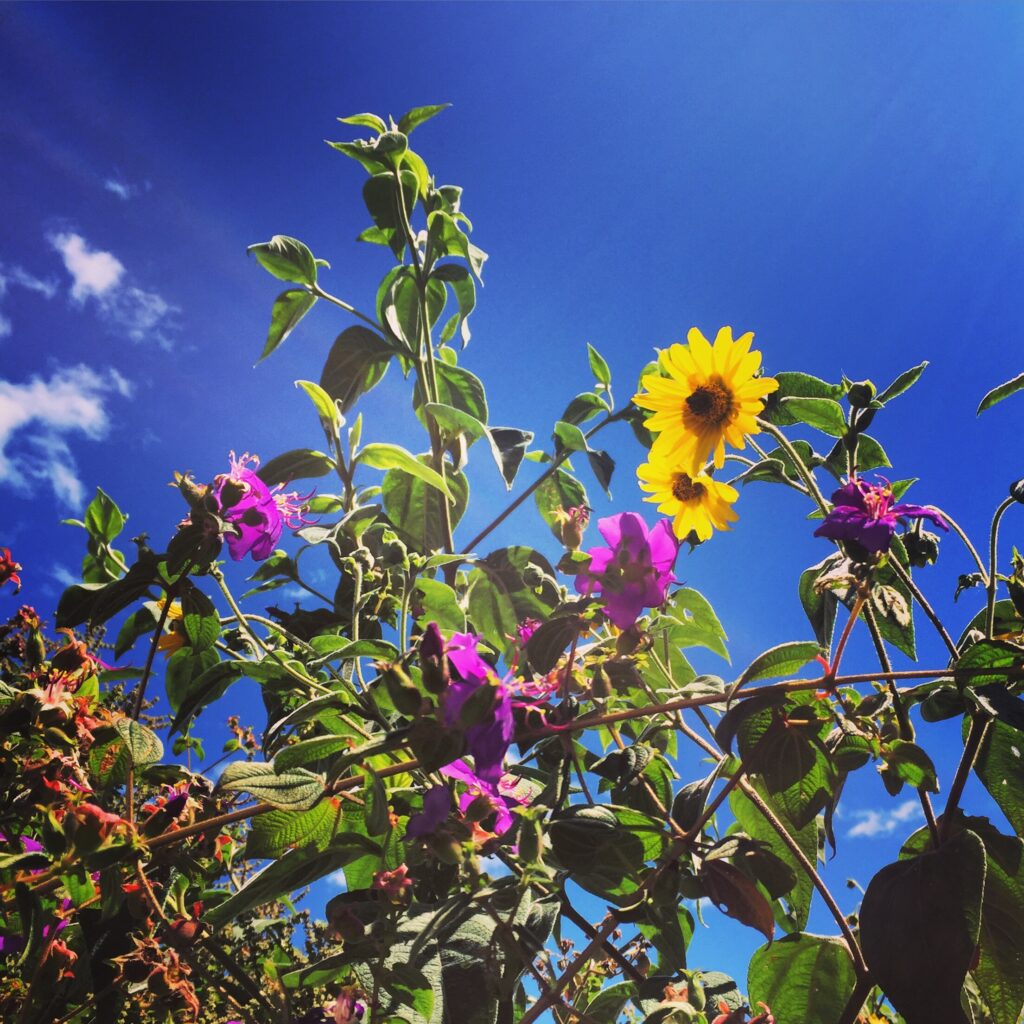Not long ago, Kristine posted about a cool edible native, Yacón. This is the first of a long series about often obscure edible and medicinal plants native to the Andes, and this region of the Andes in particular. This post is a belated introduction to that series, and my contemplation of place, and what it means to be ‘native.’
When I first arrived, my mission, once I’d built myself shelter, was to regenerate the land, which had been severely degraded by generations of ‘traditional’ (colonizer) agricultural management. Year after year of burning and tilling the steep hillsides, had led to complete depletion of minerals, and severe erosion in some areas. Luckily the riparian zones had been spared, but the ridges were in sad shape, and anywhere flat enough for intensive agriculture was completely depleted, the acid soil only capable of sustaining a thick monoculture of bracken fern.
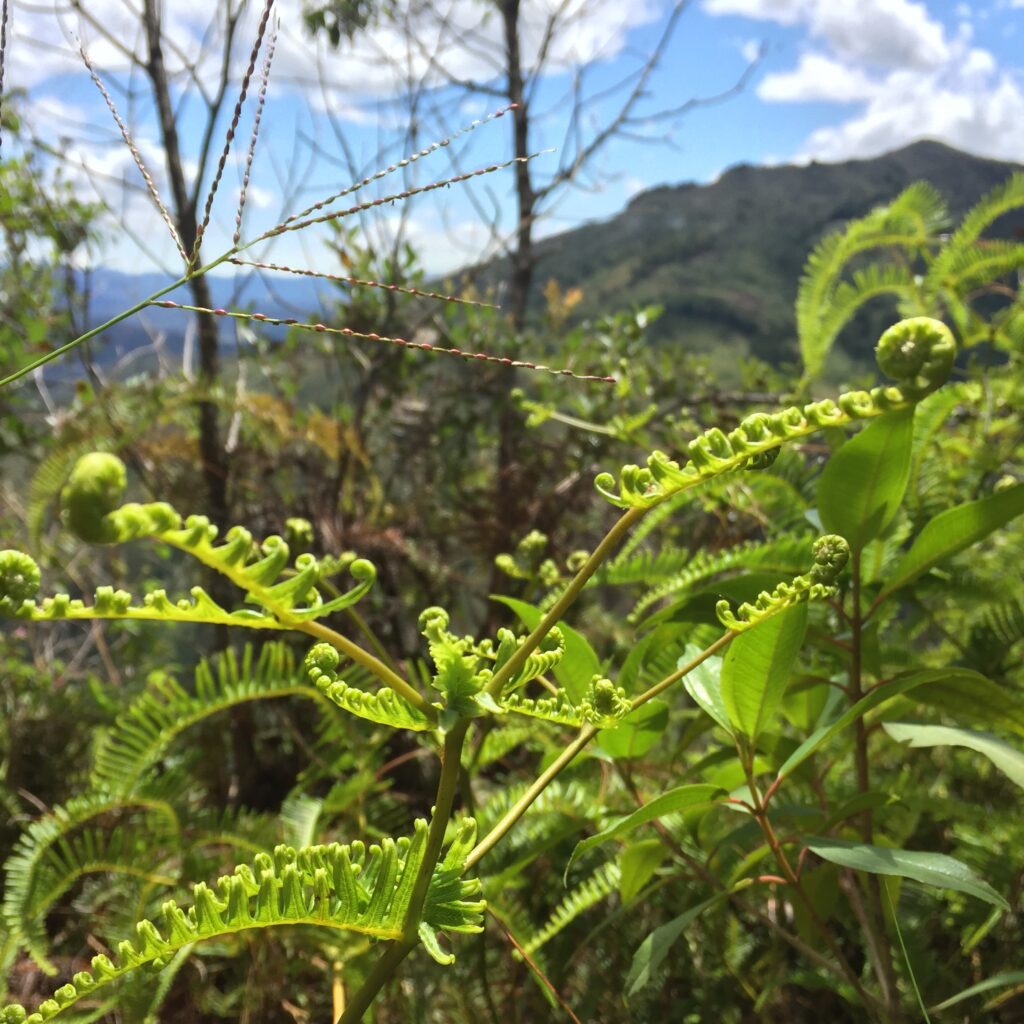
I thought that I’d come prepared, having purchased a dozen seeds from a couple Permaculture companies, of plants that supposedly thrive in poor soil, and are known for their ability to produce organic matter. I macheted the bracken and transplanted these special species. Twice that first year, I had to clear the bracken that was smothering my plants. By the second year, the bracken was coming up less, and several native species were beginning to sprout (it turns out that the bracken produces toxins that inhibit seed germination). By the end of the second year, I was mainly weeding those species, until I stopped. One day, I looked at the pile of “weeds” that I’d pulled, and observed that it probably tripled the amount of biomass from those “organic matter producing” plants that I’d imported, and concluded that I had been a fool. If any plants were going to regenerate this land, I shouldn’t have been putting my faith in ones that showed results in Hawaii or England. I should have expected it from plants that had evolved here, had adapted to this climate, to this soil ecology.
As the soil began to improve, I was able to see that forehead slapping moment work out in the edible landscape, as well. While I struggled to keep my tomatoes alive, and rejoiced if my broccoli produced heads larger than popcorn, other species took no work to grow at all. These were the unfamiliar fruits and veggies that I’d discovered at the local markets. Within a short time, I rarely even planted these latter plants. Most just started coming up on their own, out of the compost or from bird droppings or other seed dispersal mechanisms. I soon realized that if I truly wanted a thriving edible forest garden, instead of just re-branding intensively managed gardens and orchards, it was going to be these native edibles and medicinals that would compromise the bulk of my system.
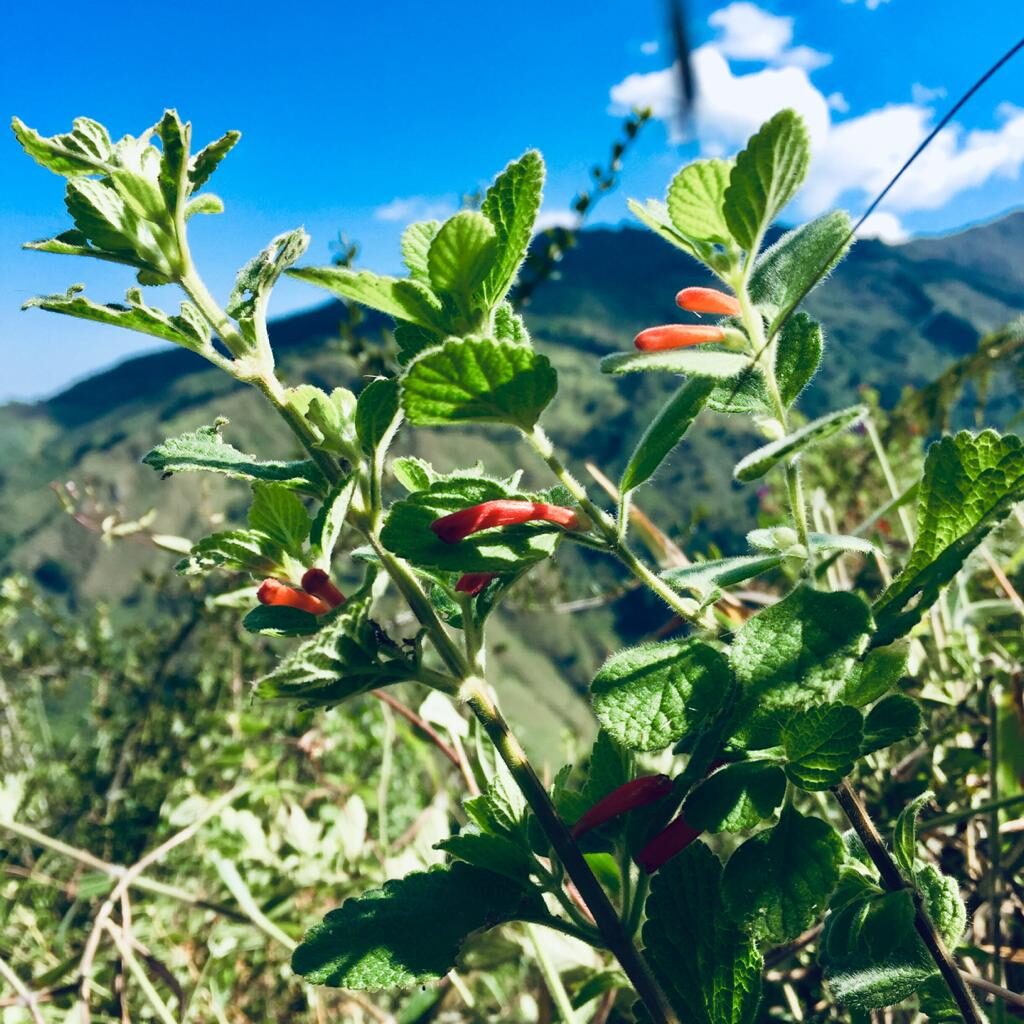
I was not born here, and being a red head in South America, it is obvious to everyone that I am not a native. I have done my best to adapt to my new home, from covering my skin whenever I go outside, to being able to read the sky and have an idea what the near-term weather might be like. I can only imagine what it could be like to have skin that evolved to handle high altitude equatorial sun, and the intuition passed down through hundreds of generations, to see ecological and climatological patterns that are too complex for me now. Before I moved here, I thought that I could at least glean such knowledge and wisdom from the locals, but it wasn’t long before I realized that they aren’t much more native to the land than I am. Sure, they are the current native culture, and I’ve learned a lot about their traditions, but it’s quite obvious that they haven’t evolved to be a harmonic component of their ecosystem. They are, after all, the result of Spanish colonization. There are indigenous folk who live nearby, and I have learned more from them.. Unfortunately, however, they are also imports: Incan colonists. The culture that existed here for millennia, that evolved with, rather than adapted to, this land, has gone extinct, and with them, we’ve lost some essential wisdom and skills for coexistence with this landscape.
One tidbit of wisdom that I’ve gained from my experiences, and is often still missing among many of my fellow ex-pats, is to let go of the familiar tastes and dependencies of the places where we’ve come from. There is a small industry thriving here, of importing expensive nutritional supplements for ex-pats, while tons of wild superfoods are literally thriving in the backyards of their neighbors. I see so much demand for medicinal herbs that are popular in North America and Europe, that folk are willing to pay multiple times what they cost up North, to have them imported here. Yet these mountains are loaded with species that not only can have the same properties, but often are remedies to ailments that are particular to this geographical region. It’s a sad herbalist, who depends on international airlines to supply their apothecary, just because they refuse to learn about the cornucopia that nature offers within a few hours hike of their doorstep.
I don’t mean to say this is just an ex-pat thing. I was once just as blind when I lived in Canada through much of my youth. I remember pulling purslane and sorrel from around my tomatoes. I once hated nettle. Such powerful sources of nutrient and medicine grow so abundantly that modern farmers and gardeners wage WW1 style war in a losing battle to keep their version of order.
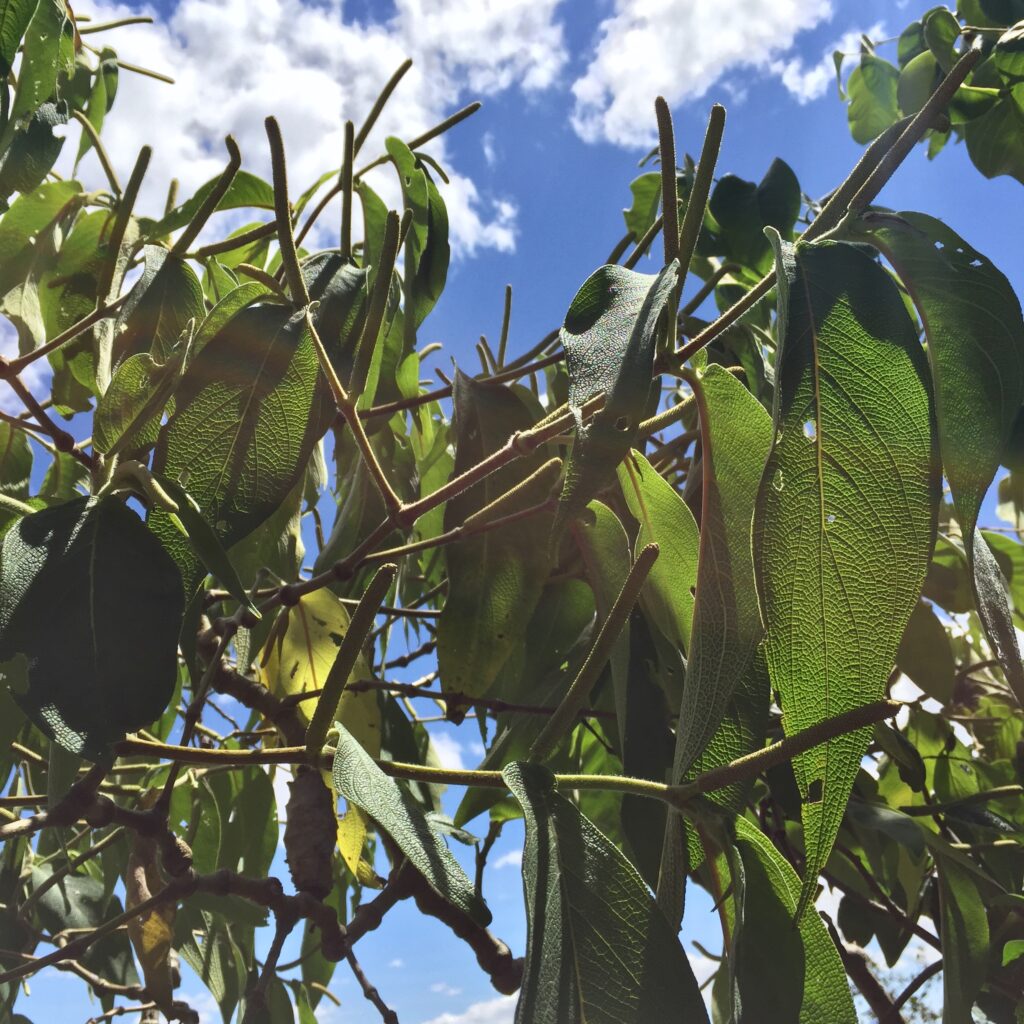
I won’t pretend that I’m a purist. I’m still happy to munch on tomatoes from one of our greenhouses, and we still enjoy getting special seeds from other parts of the world and seeing how they’ll do here. We must also remind ourselves that what could once have been an exotic before we ever came up with the concept, is a “native” now. I don’t believe in the waste of time that is trying to return our ecosystems to some static pre-Columbus level, pretending that nothing had ever changed before then. Besides, whether we blame it on human action or just as part of long term historical shifts, it’s indisputable that our climate is changing, and the times are coming when some or many of the natives might not thrive as they once have. Sharing seeds between different climates might, in light of these changes, be essential for our survival. Though they might not thrive as well during our normal rainy seasons, I feel a bit of reassurance having some plants that come from highland deserts. Those years when the dry season lasts longer than normal, or (let’s hope I don’t experience it) when the rains fail, these plants might be all that will produce.
There’s also a fun middle ground: breeding native resilience into formerly exotic plants. Even when those seeds, from a completely different part of the world, grow into pathetic plants with barely any fruit, you can make a difference by saving the seeds of the best (however pathetic that might still be). It’s not a good task for those who are addicted to instant gratification, but for those of us who still enjoy the long game, the results can be remarkable. It took years, but louffa that was once the a spindly vine producing a few pickle sized fruit, are now dense vines producing hefty squashes. That’s the power of creating our own ‘heirloom’ varieties. Generally, however, the development of such varieties doesn’t just take years. It can take generations. Rare today are the farms that have been run by the same family for generations.
So, you won’t get me fighting against exotics, or wasting tons of energy trying to turn our historically changing ecologies back into what they looked like before some white dudes first sailed across the Atlantic. But I will keep advocating for the knowledge and appreciation of all the natives (and the immigrants who’ve joined the wild) that grow so well, and produce so much for us.
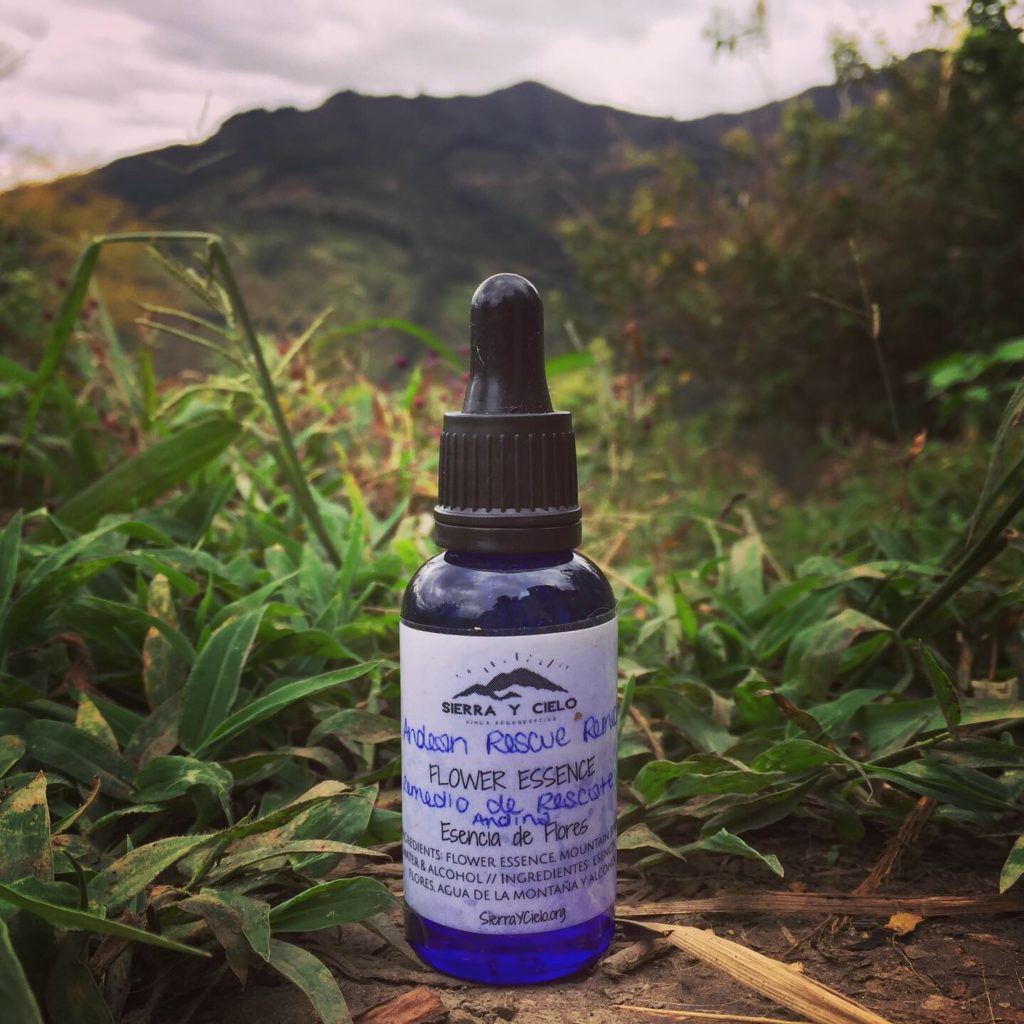
Andean Rescue Remedy
Andean Rescue Remedy is a combination of five flower essences made from native plants that grow at Sierra y Cielo.
This blend is crafted to provide emotional support in times of crisis or stress. Inspired by Bach’s Rescue Remedy, these flower essences have a deep vibrational resonance for those who live here in the Sacre…
